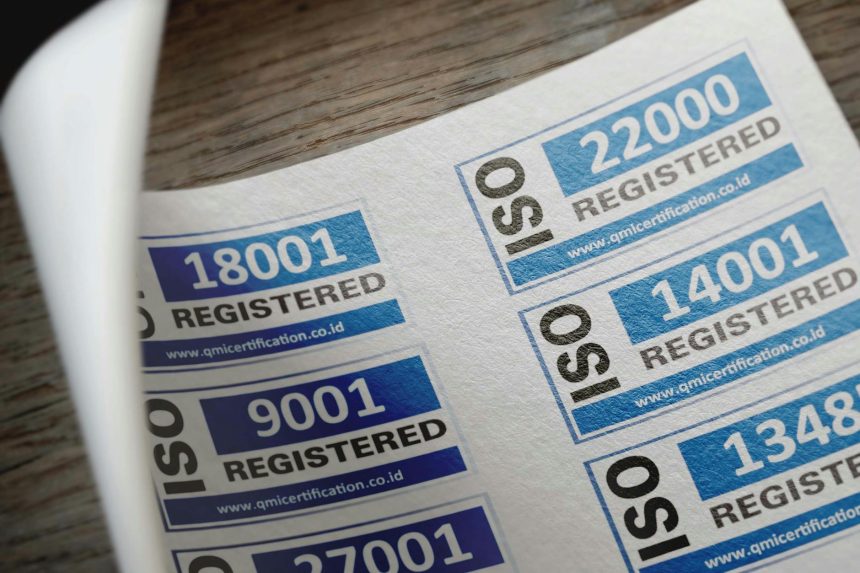loan origination compliance
Navigating Loan Origination Compliance: A Guide for Lenders
In today’s rapidly evolving financial landscape, ensuring robust loan origination compliance is paramount for lenders of all sizes. The complexities of regulatory frameworks and the ever-present risk of non-compliance can feel overwhelming, potentially leading to significant penalties and reputational damage. This comprehensive guide will equip you with the knowledge and strategies to navigate loan origination compliance effectively, ensuring your operations are both sound and secure.
Understanding the Core of Loan Origination Compliance
At its heart, loan origination compliance refers to adhering to all applicable federal, state, and local laws, regulations, and guidelines governing the process of originating loans. This encompasses everything from initial marketing and borrower application to underwriting, closing, and post-closing activities. For nonbank lenders and traditional financial institutions alike, a proactive approach to compliance is not just a legal necessity but a strategic advantage.
Why is Loan Origination Compliance So Crucial?
- Mitigating Legal and Financial Risks: Non-compliance can result in hefty fines, civil penalties, and costly litigation.
- Building Trust and Reputation: Demonstrating a commitment to ethical lending practices builds confidence with borrowers and stakeholders.
- Ensuring Fair Lending Practices: Compliance safeguards against discriminatory practices and promotes equitable access to credit.
- Streamlining Operations: A well-defined compliance framework can actually improve efficiency and reduce errors in the loan process.
Key Regulatory Areas in Loan Origination
Several critical regulatory areas demand close attention when establishing or refining your loan origination compliance program. Understanding these will form the bedrock of your strategy.
Consumer Protection Laws
These laws are designed to protect borrowers from unfair or deceptive practices. Prominent examples include:
- The Truth in Lending Act (TILA): Requires lenders to disclose key terms and costs of credit to borrowers.
- The Real Estate Settlement Procedures Act (RESPA): Aims to protect consumers by requiring disclosures about settlement costs and prohibiting kickbacks.
- The Equal Credit Opportunity Act (ECOA): Prohibits discrimination against credit applicants on the basis of race, color, religion, national origin, sex, marital status, or age.
- The Fair Credit Reporting Act (FCRA): Governs the collection, dissemination, and use of consumer credit information.
Underwriting and Risk Management
Sound underwriting practices are intrinsically linked to compliance. This involves:
- Accurate borrower assessment and risk evaluation.
- Adherence to investor guidelines and internal risk appetite.
- Robust fraud detection and prevention measures.
Data Security and Privacy
With the increasing digitization of loan applications, protecting sensitive borrower data is a non-negotiable aspect of compliance. This includes adhering to regulations like the Gramm-Leach-Bliley Act (GLBA) and state-specific data privacy laws.
Strategies for Effective Loan Origination Compliance
Implementing a robust compliance program requires a multi-faceted approach. Here are actionable strategies to guide your organization:
1. Develop Comprehensive Policies and Procedures
Create clear, documented policies that outline every step of the loan origination process, ensuring alignment with all relevant regulations. These should be regularly reviewed and updated.
2. Invest in Technology and Tools
Leverage technology solutions designed to automate compliance checks, manage disclosures, and track regulatory changes. This can significantly reduce manual errors and improve efficiency.
3. Provide Ongoing Training for Staff
Educate your employees on compliance requirements, their roles in maintaining compliance, and the potential consequences of non-adherence. Regular training sessions are essential.
4. Conduct Regular Audits and Reviews
Periodically audit your loan origination processes to identify any gaps or areas of non-compliance. This proactive approach allows for timely correction.
5. Stay Informed About Regulatory Changes
The regulatory landscape is dynamic. Subscribe to industry updates, engage with legal counsel, and participate in professional development to stay abreast of new and evolving rules.
6. Partner with Compliance Experts
Consider engaging with specialized compliance consultants or legal experts who can provide guidance, conduct assessments, and help you build a best-in-class compliance program.
The Future of Loan Origination Compliance
As technology continues to advance, particularly in areas like artificial intelligence and machine learning, the methods of ensuring loan origination compliance will also evolve. Lenders who embrace innovation while maintaining a steadfast commitment to regulatory adherence will be best positioned for long-term success. By prioritizing a strong compliance framework, you not only safeguard your business but also contribute to a more trustworthy and equitable lending ecosystem.
Ready to strengthen your loan origination compliance and mitigate risks? Explore our resources for expert guidance and tailored solutions.
© 2025 thebossmind.com
Featured image provided by Pexels — photo by qmicertification design





